Robert Scott Duncanson (1821-1872)
Get a Duncanson Certificate of Authenticity for your painting (COA) for your Duncanson drawing.
For all your Duncanson artworks you need a Certificate of Authenticity (COA) in order to sell, to insure or to donate for a tax deduction.
Getting a Duncanson Certificate of Authenticity (COA) is easy. Just send us photos and dimensions and tell us what you know about the origin or history of your Duncanson painting or drawing.
If you want to sell your Duncanson painting or drawing use our selling services. We offer Duncanson selling help, selling advice, private treaty sales and full brokerage.
We have been authenticating Duncanson and issuing certificates of authenticity since 2002. We are recognized Duncanson experts and Duncanson certified appraisers. We issue COAs and appraisals for all Duncanson artworks.
Our Duncanson paintings and drawings authentications are accepted and respected worldwide.
Each COA is backed by in-depth research and analysis authentication reports.
The Duncanson certificates of authenticity we issue are based on solid, reliable and fully referenced art investigations, authentication research, analytical work and forensic studies.
We are available to examine your Duncanson painting or drawing anywhere in the world.
You will generally receive your certificates of authenticity and authentication report within two weeks. Some complicated cases with difficult to research Duncanson paintings or drawings take longer.
Our clients include Duncanson collectors, investors, tax authorities, insurance adjusters, appraisers, valuers, auctioneers, Federal agencies and many law firms.
We perform Robert Scott Duncanson art authentication. appraisal, certificates of authenticity (COA), analysis, research, scientific tests, full art authentications. We will help you sell your Robert Scott Duncanson or we will sell it for you.
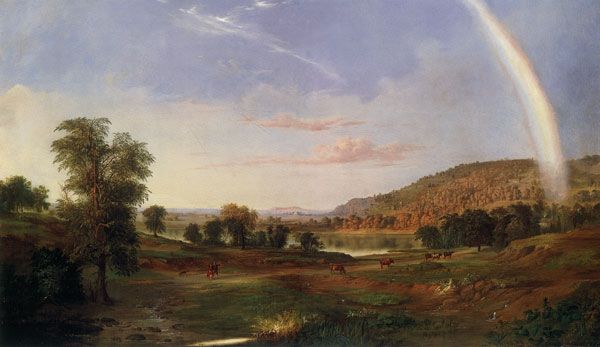
Robert Scott Duncanson was born in Seneca County, New York. Duncanson lived with both his father in Canada and his mother in Ohio. Duncanson was referred to as a “freeborn person of color” as his mother was an African American. Duncanson faced racial discrimination at multiple points in his career. At one point his family was unable to attend his exhibitions. Duncanson persevered, having success that started in Cincinnati and spread around the world.
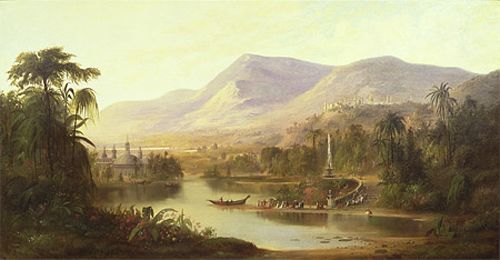
Duncanson was a self-taught artist, receiving no formal training. Duncanson copied prints and portraits to build technical skills. Duncanson collaborated with a photographer to do an experimental series titles, “Chemical Paintings”. In 1848 Duncanson was looking for a change and decided to relocate to Detroit. Duncanson remained in Detroit only a short while making portrait and genre paintings, before returning to Cincinnati.
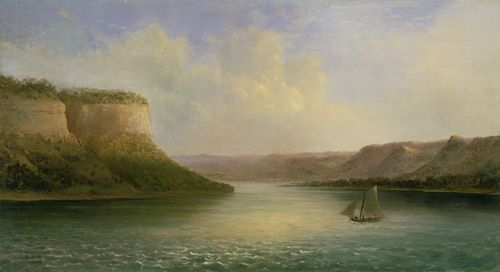
Duncanson’s career took off after receiving a large commission from abolitionist minister, Charles Avery. Duncanson was introduced to a number of abolitionist contacts that continued to supply him with work.
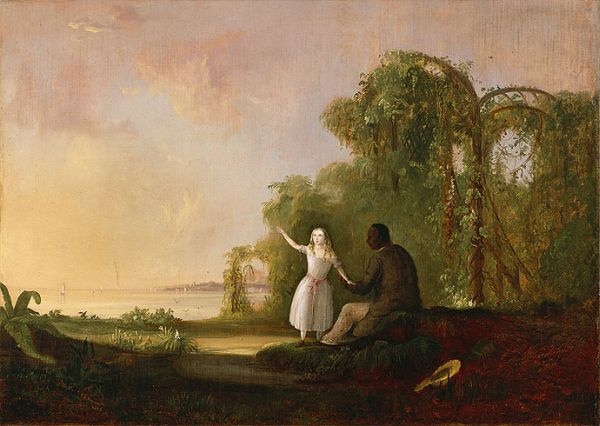
As Duncanson’s reputation grew he moved farther into the landscape painting genre. Duncanson worked alongside fellow artists Whittredge and Sonntag who were part of the Hudson River School. Duncanson went on frequent sketching expeditions, returning to his studio in Cincinnati to make finished paintings. The Ohio River Valley became Duncanson’s primary subject. Duncanson tried to make the same spiritual and philosophical connections to work, as the Hudson River School painters had done.
In 1851 the wealthy Cincinnati patron, Nicholas Longworth, commissioned Duncanson to paint eight murals in his home. The extensive assignment further boosted Duncanson’s reputation.
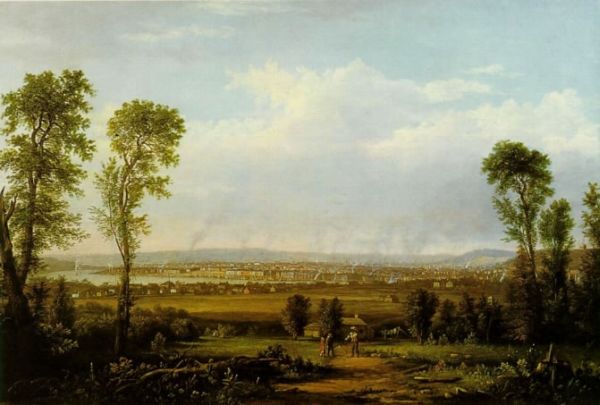
When the Civil War began Duncanson fled to Canada and the United Kingdom where he continued to paint landscapes. In 1866 Duncanson returned to Cincinnati with a widened horizon and more experience on his shoulders. Duncanson continued to paint into his late life. Duncanson’s paintings are an important contribution to African American and American landscape painting. Robert Scott Duncanson’s paintings are in collections across the United States and Canada. Do you think you own a painting by Robert Scott Duncanson? Contact us. We are the Robert Scott Duncanson experts.
